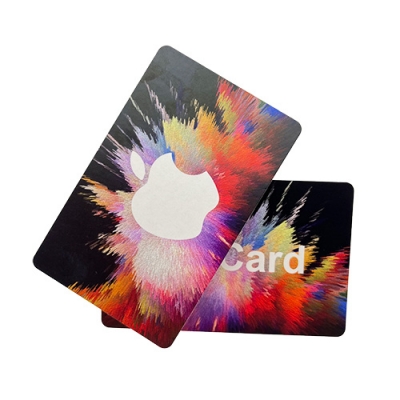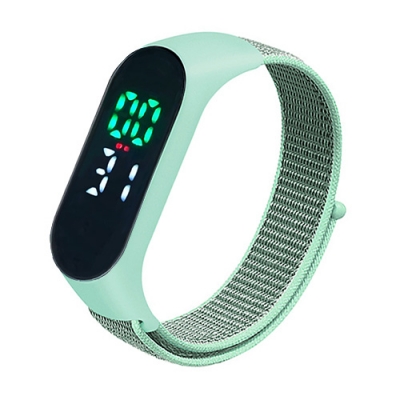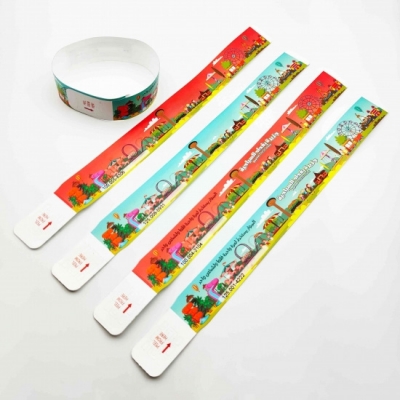Textile industry production, sales, quality control and other process information tracking is expected to achieve "one code".On June 23, the launching ceremony of "Guangdong Textile Industry Internet Of Things Coding Service Standardization Pilot Project" was held in Foshan. Based on Internet of Things coding technology and standardization means, the project carried out the construction of information circulation and resource sharing platform for the whole industry chain of textile industry, and helped upstream and downstream enterprises to make collaborative innovation.
As is known to all, textile industry is the traditional advantage industry of Guangdong province, and the export share of products accounts for half of the country. However, the existing product information management in the textile industry has high cost, low efficiency and low degree of standardization, which is difficult to meet the needs of quality traceability and anti-counterfeiting, and can not quickly meet the needs of personalized customization. It has become a general trend for the textile industry to connect with the hot Internet and the Internet of Things, among which the most effective entry point is the standard.
The project focus on the study of the textile industry iot coding identification technology, the development of textile industry Internet identity information of relevant standards, based on fabric Ecode encoding networking platform construction, collection of textile and apparel products information, enterprise information, production information, transportation, inventory information, sales information, test information, the basic information, such as authentication information And use one-dimensional code, two-dimensional code, RFID and NFC carriers for comprehensive application. At present, the project starts from the fabric link, and will gradually promote the technical achievements to the whole process of the textile industry chain.You only need to experience the scanning code tracing function at the launching ceremony, scan the TWO-DIMENSIONAL code of textile products with your mobile phone, and the cylinder number, cloth number, color number, cloth category name, dyeing factory name and other information of finished cloth will be clear at a glance. Anti-counterfeiting verification can also be completed on the page.
What's more,the laundry wash cycle analysis helps predict the end-of-life date for the garment.When garments or linens are released from the washing machines, RFID readers detect the RFID tags sewn into the fabric. Next, the wash cycle count will be updated in the software database. When the software detects that a garment or linen is nearing its end-of-life date, the software can prompt users to reorder that type of garment or linen.This process ensures that the company always has stock of each garment or linen needed, therefore reducing lag time if one is lost or destroyed.
RFID laundry tags advantages:
1)Reduce Labor Cost, together with the handheld UHF reader,you will know the the quantity.
2)Assort the clothes from different hotel or companies.
3)Data analysis, after collect the data, you can know
Through the standardization of the textile industry industrial Internet, it will be convenient for all units to use the Internet of Things, big data, one thing one code and other technologies to carry out cross-unit and cross-industry information circulation, develop the modern supply chain to connect both ends of supply and demand, improve the management level and service level of the textile industry, and promote the collaborative innovation of the industry.














